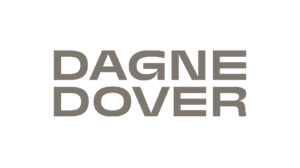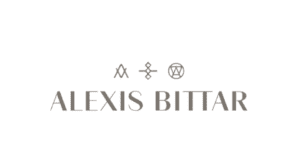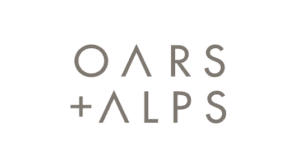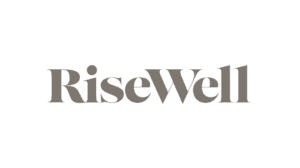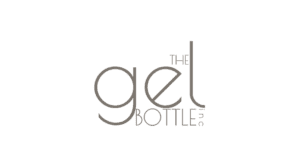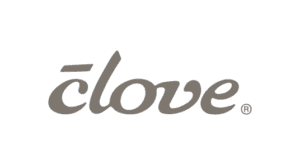Yesterday I was part of a roundtable discussion hosted by BWGStrategy. The topic was Paid Search & Google – a 2025 Outlook.
I look forward to BWG’s roundtables because they are invite-only, curated, highly directed to one topic, and with no clients from the agencies, I think you get a look behind the curtain – at least inasmuch as competitors are willing to share.
Here’s the data we see from our front row seat regarding current trends and what they might mean for 2025.
My biggest trends in Google ads from 20024
The Shift from Google to Meta in Q4 2024 over Holiday
Our data tells an interesting story: while our Meta CPMs increased by 26% year over year, Google CPMs decreased by 25-26%. This correlates to a portfolio-wide shift of advertising dollars from Google to Meta, particularly across our e-commerce portfolio during the Black Friday/Cyber Monday period.
The Performance Max Dilemma
One of the most significant challenges we’re facing is the growing dominance of Performance Max (P-max) campaigns. While I’m a strong advocate for P-max’s place in the advertising ecosystem, our luxury clients – those selling $4,000 handbags or $6,000 Savile Row suits – are particularly resistant. Their concern? They don’t want P-max messing with their highly art-directed product presentations, and I agree with them.
However, I believe P-max will inevitably become the default campaign type. There’s a real possibility that traditional search campaigns might disappear entirely. The question that remains is how this will affect lead generation clients, particularly in higher education, where keyword specificity is crucial for targeting potential master’s or PhD candidates.
The ROI vs. Growth Tension
2024’s trend of the year is the correlation between advertising spend and interest rates. Board members are increasingly focused on maximum efficiency ( which they typically define as ROI, ROAS, or MER.) This often leads to a focus on retargeting past website visitors and previous purchasers – a strategy that’s cheaper but fundamentally at odds with growth.
This tension between growth and efficiency metrics is a constant conversation with our clients. As interest rates potentially decrease in 2025, I expect to see increased willingness to invest in top-of-funnel advertising across both Google and Meta platforms.
Channel Diversification: A Cost-Effective Strategy
Looking at our Q4 2024 CPM data:
- Google: $34
- Meta: $43
- TikTok: $11
- Trade Desk: $3
These numbers make a compelling case for channel diversification. If we accept that conversions are partially a function of website traffic, which in turn depends on impression volume, then cheaper impressions become crucial. With Google and P-max limiting specific bid control in favor of target ROAS, diversification becomes an essential hedge against the Meta-Google duopoly.
Looking Ahead to 2025
The future of TikTok remains uncertain, but if it survives, its market share will likely continue to grow. My 16-year-old son’s media consumption habits – primarily YouTube and TikTok, with minimal Google use – suggest where the future might be heading.
For advertisers and agencies, 2025 will require a delicate balance. We’ll need to adapt to the increasing automation of platforms like P-max while finding creative ways to maintain brand control and efficiency. The key will be diversifying across platforms to optimize both reach and cost-effectiveness while maintaining the high standards that luxury brands demand.
The challenge ahead lies in convincing brands to embrace these changes while preserving their unique market positioning and creative control. It’s not just about adapting to new technologies – it’s about finding ways to make these technologies work within the specific constraints and requirements of each brand’s market position.








